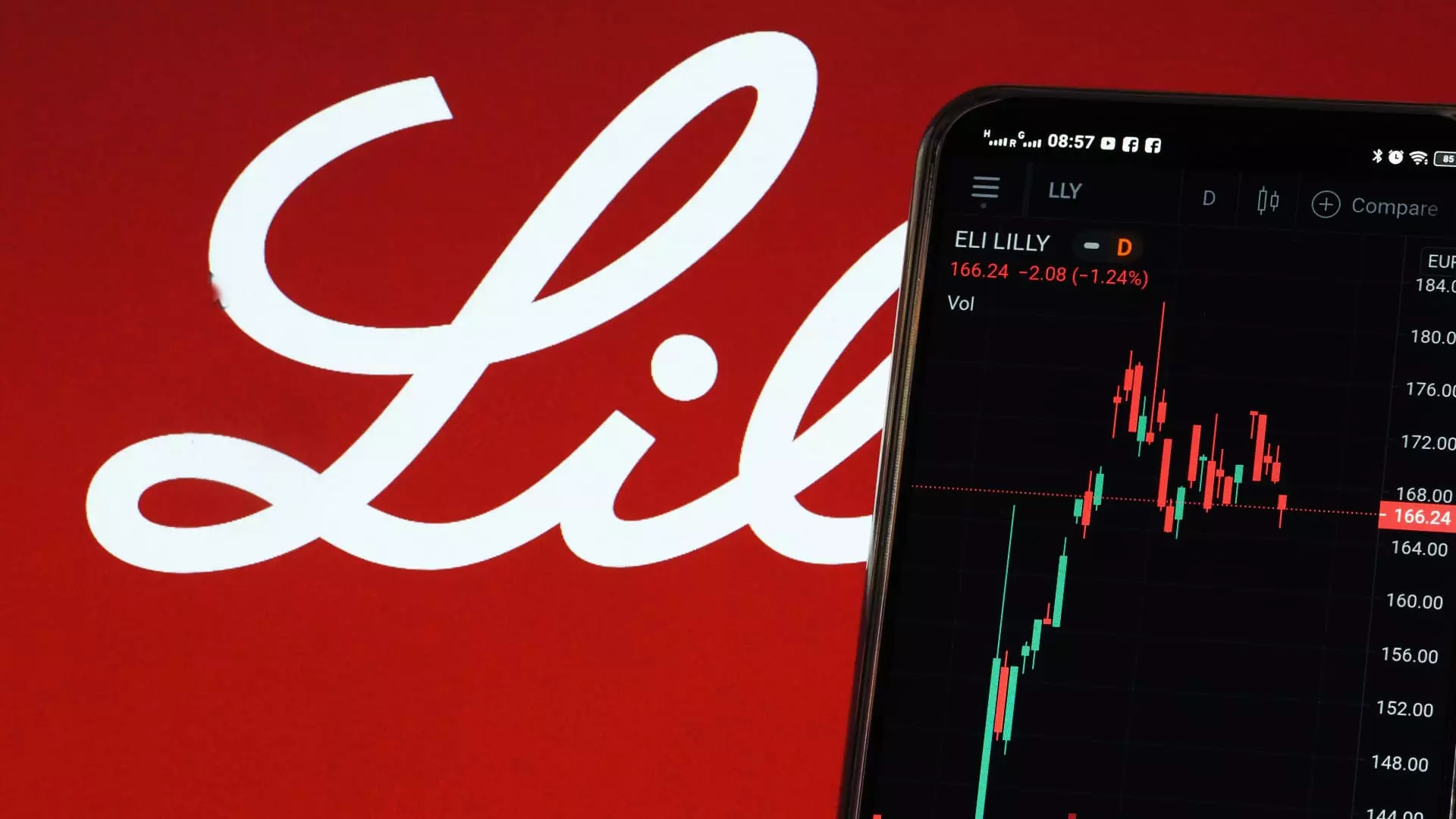Biopharmaceutical Outlook: The Potential Rises and Continued Impressive Performance of Key Players

The biopharmaceutical sector has seen a dynamic landscape over the past few years, characterized by fluctuations in stock performance and varying investor interest. Against this backdrop, JPMorgan has released its latest insights into biopharmaceutical stocks that could experience significant gains in the coming year, particularly highlighting names such as Eli Lilly, Gilead Sciences, and Bristol Myers Squibb. This article delves into the current state of the biopharmaceutical market, the standout performers, and the strategic movements that may influence the trading patterns of these companies.
After experiencing a tumultuous year in which the Nasdaq Biotechnology Index (NBI) posted a dip of 3%, contrasted with a robust increase in the broader market indices, the sector has been on a path of recovery in 2023. Notably, the NBI has rebounded, registering a commendable 6.5% increase year-to-date. In alignment with this uplift, JPMorgan is spotlighting several key players as poised for further upside in what remains a competitive environment. A significant point made by analyst Chris Scott is the surprisingly low valuation of the U.S. Large Cap Biopharma group compared to the broader market, suggesting that many stocks in the sector are undervalued relative to their growth potential.
Eli Lilly continues to shine as the premier pick in JPMorgan’s updated biopharma recommendations. The company has capitalized on its success within the obesity drug sector and diabetes treatment, manifesting in a robust 13% gain projected for 2025, with an impressive 16% increase recorded over the previous year. Key drivers of this growth are the launching and uptick in prescriptions for blockbuster drugs like Mounjaro and Zepbound, which are expected to augment their market presence significantly as supply chains improve and manufacturing capabilities ramp up.
Moreover, the anticipated second-quarter release of clinical trial data for orforglipron—an experimental obesity pill—could serve as a pivotal moment for Eli Lilly’s stock price, pending favorable results. Analysts project that if orforglipron meets stakeholder expectations, it may lead to a market introduction as early as mid-2026, which would be a substantial catalyst not only for the company’s revenue but also for investor confidence.
While Eli Lilly charts a clear upward path, Bristol Myers Squibb presents its own narrative of resilience amid headwinds. Despite experiencing a slight decline of 2.4% year-to-date, the company’s stock is still about 10% higher over the past year. This paradox can be primarily attributed to recent quarterly performance that showcased a strong earnings beat but fell short on future fiscal guidance. According to Scott, the recent correction in stock price is more reflective of the company’s legacy product performance rather than substantive declines in its core growth drivers.
Bristol Myers’ strategic initiatives, such as the accelerated launch of its Cobenfy oral schizophrenia treatment and the anticipation surrounding forthcoming drugs targeting schizophrenia and Alzheimer’s, align well with its long-term growth trajectory. Additionally, the implementation of a $2 billion cost-reduction plan is expected to bolster profit margins and enhance share value over time.
Another critical player underscored by JPMorgan is Gilead Sciences, a company that continues to exhibit diversity and resilience, particularly within its HIV treatment portfolio. Analyst Scott emphasizes Gilead’s concentrated efforts in expense management and the strategic positioning of its 2025 pipeline. The company’s ability to navigate the shifting tides of the biopharma marketplace presents an attractive opportunity for investors looking for stability and growth.
Overall, the biopharmaceutical industry remains a compelling sector within the broader financial market, particularly given the ongoing developments and evolving narratives surrounding its key players. Investors appear to be gravitating toward companies with a clear and compelling story, particularly those with strong product pipelines and earnings potential. As explored, Eli Lilly’s strategic developments, Bristol Myers Squibb’s navigational agility, and Gilead Sciences’ diversified approach signify that while challenges remain, the landscape offers ample opportunity for upward movement. The emphasis on “cleaner stories” in terms of operations and product readiness could dictate which companies investors favor, allowing seasoned players to take full advantage of the market conditions as they unfold in 2023 and beyond.





